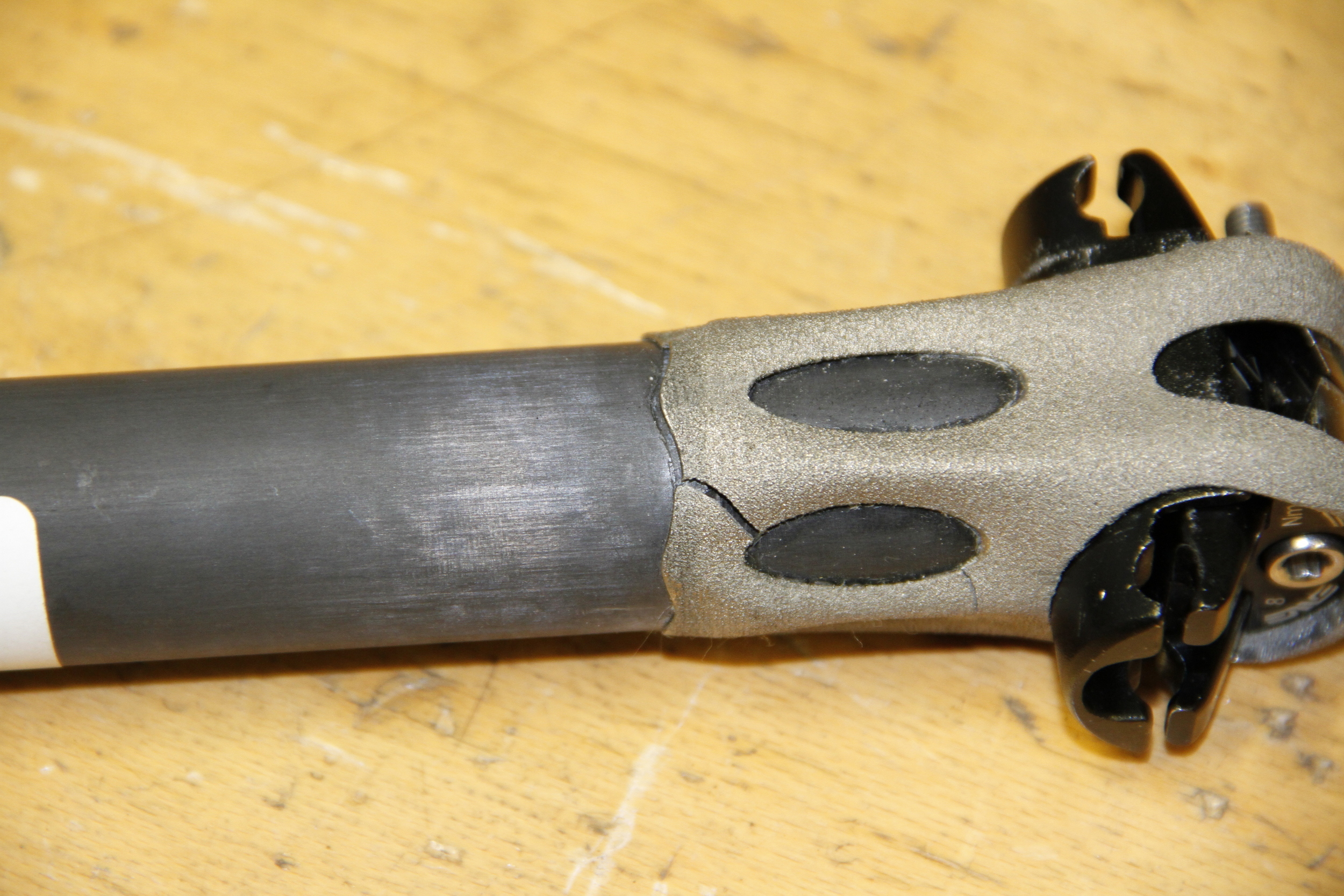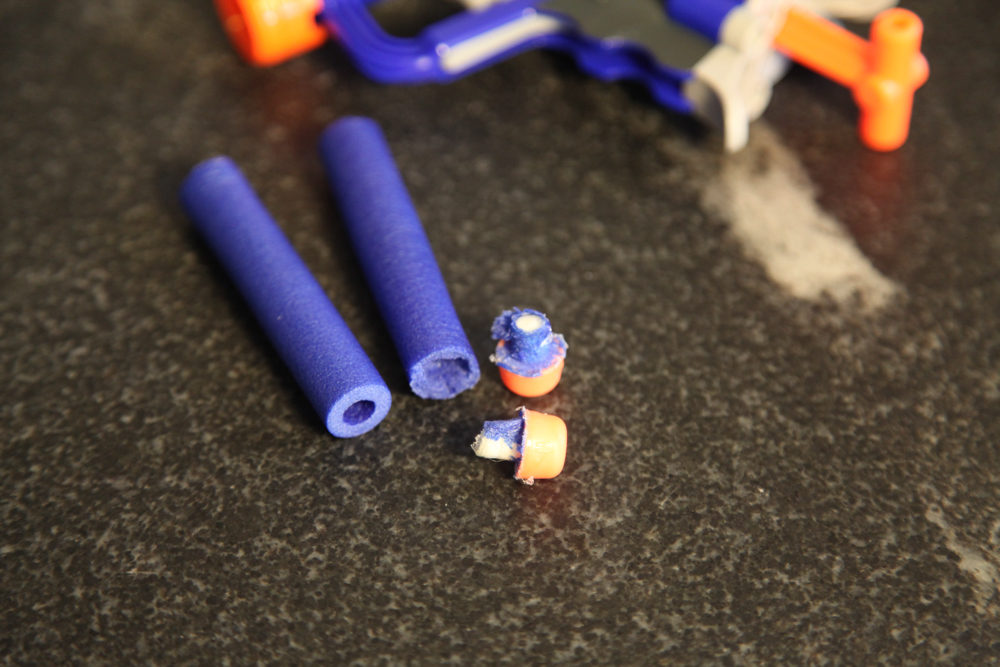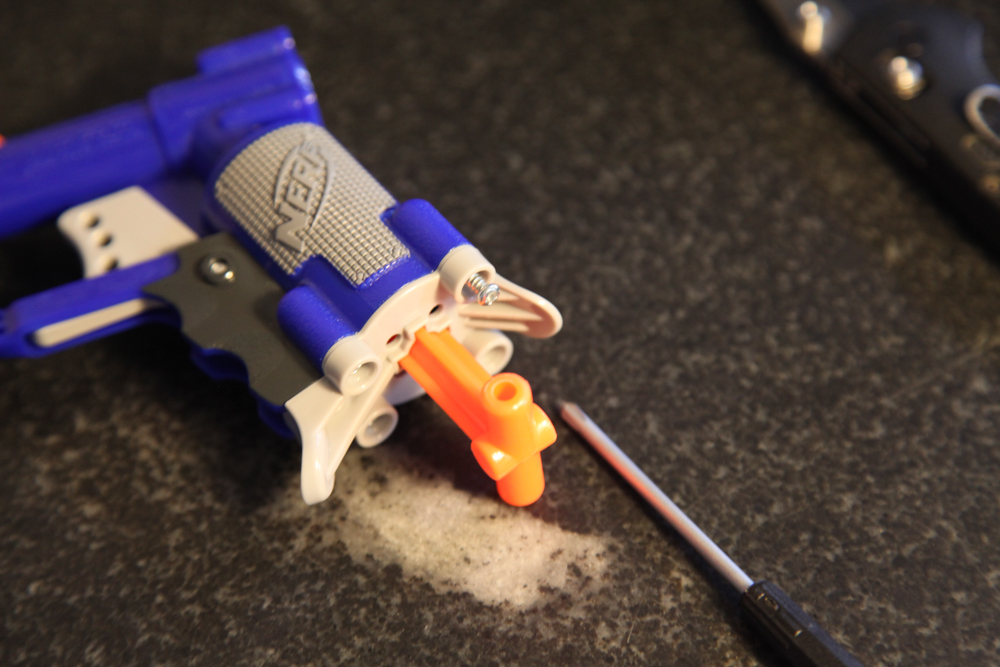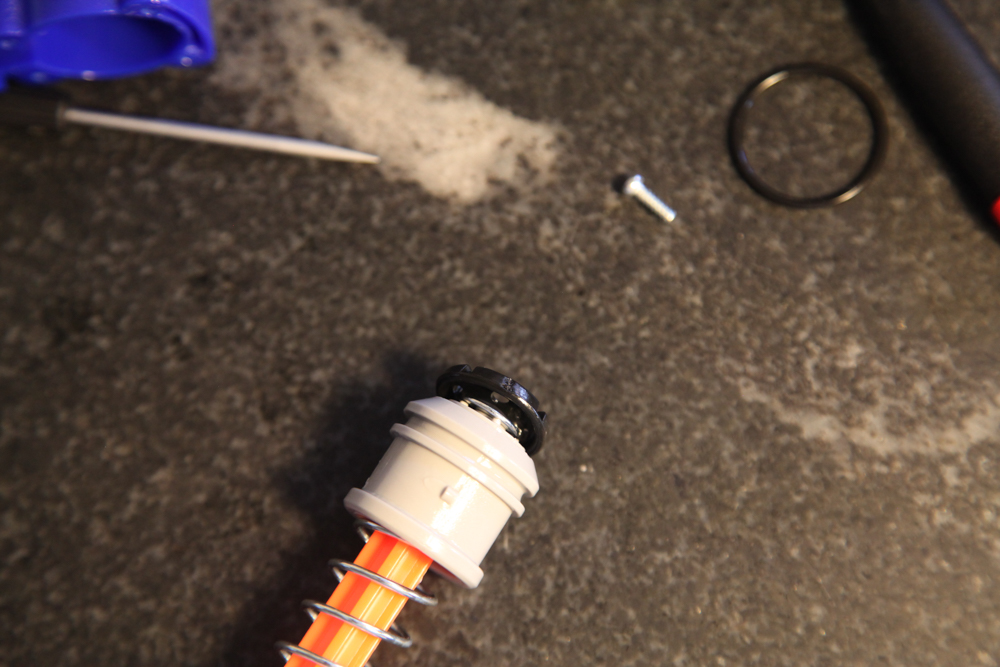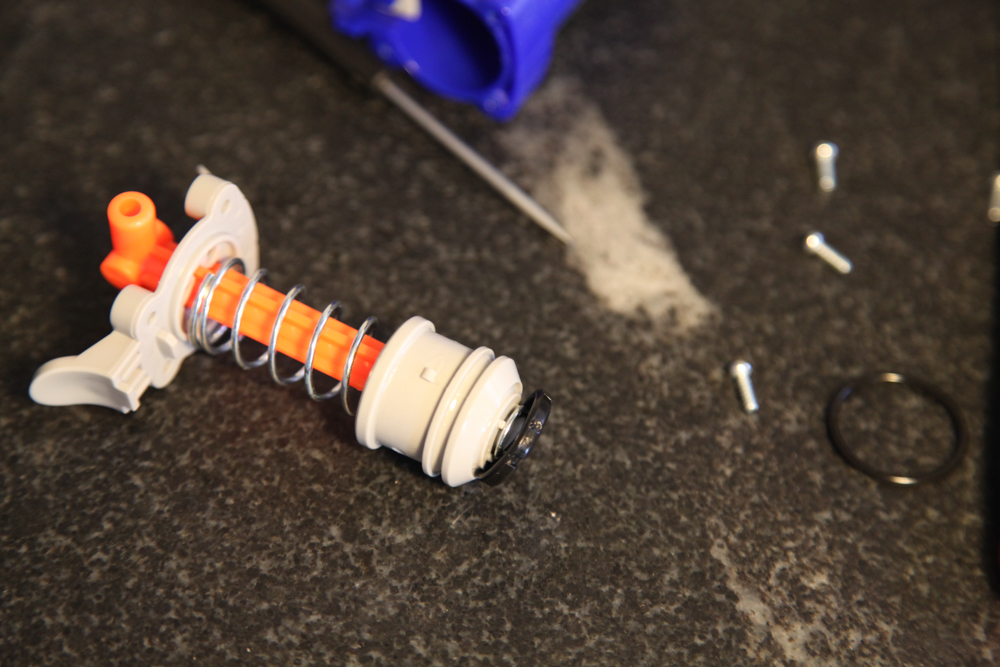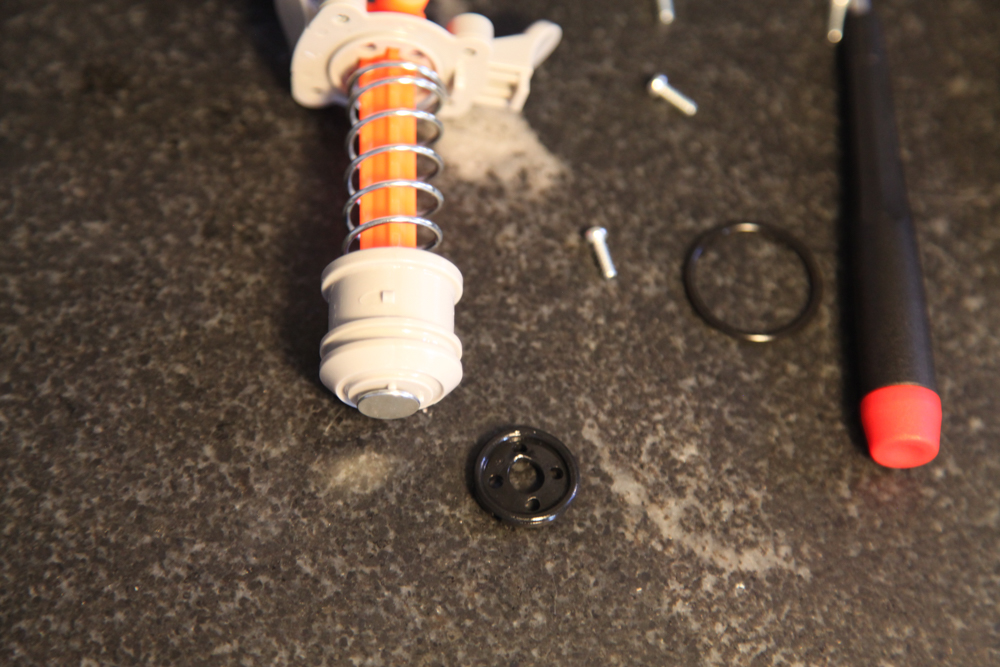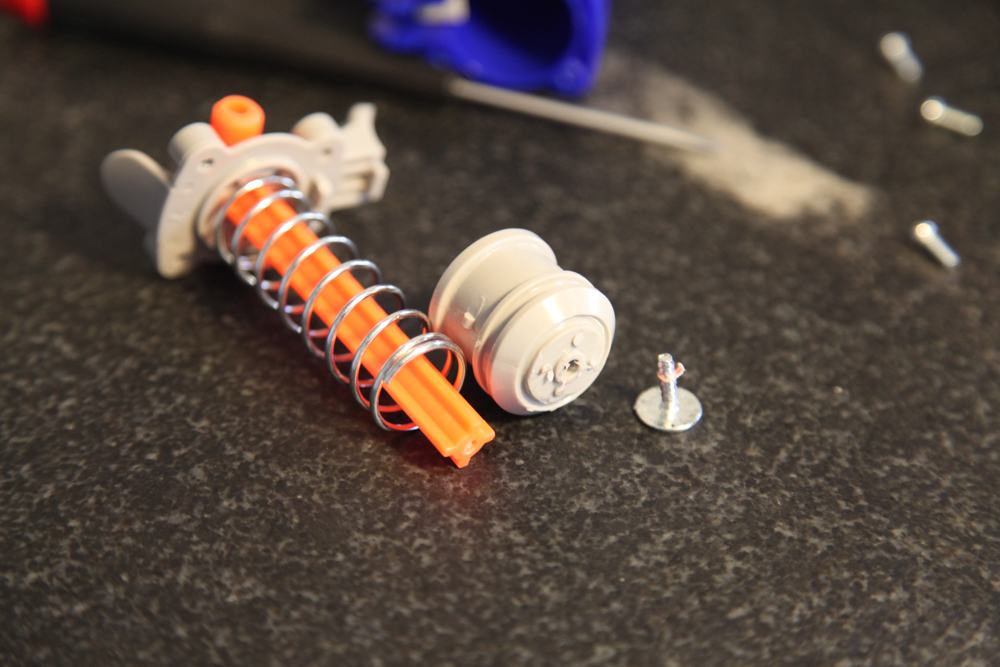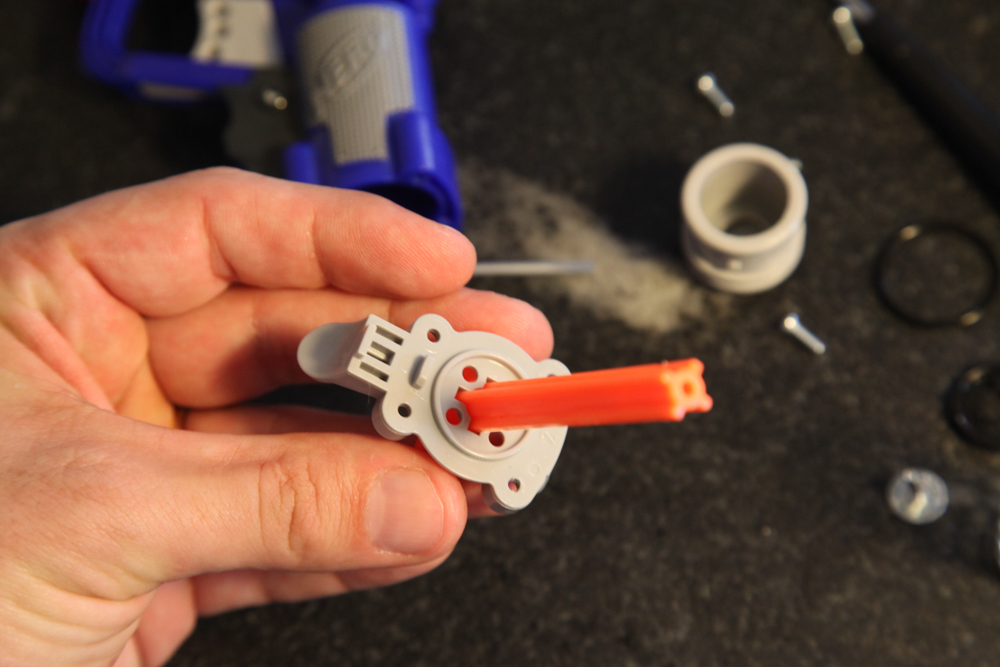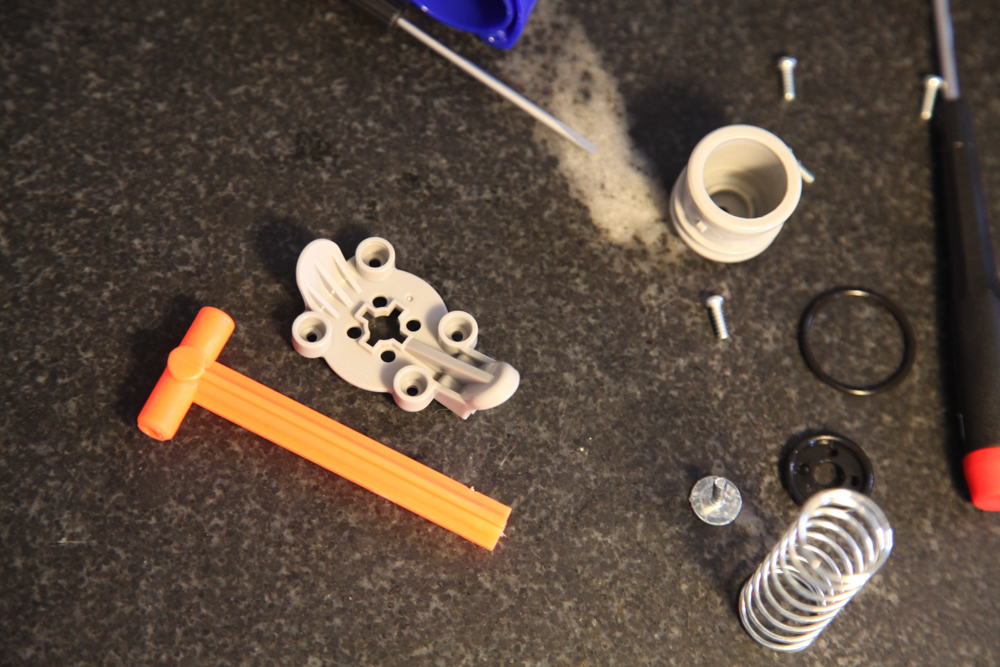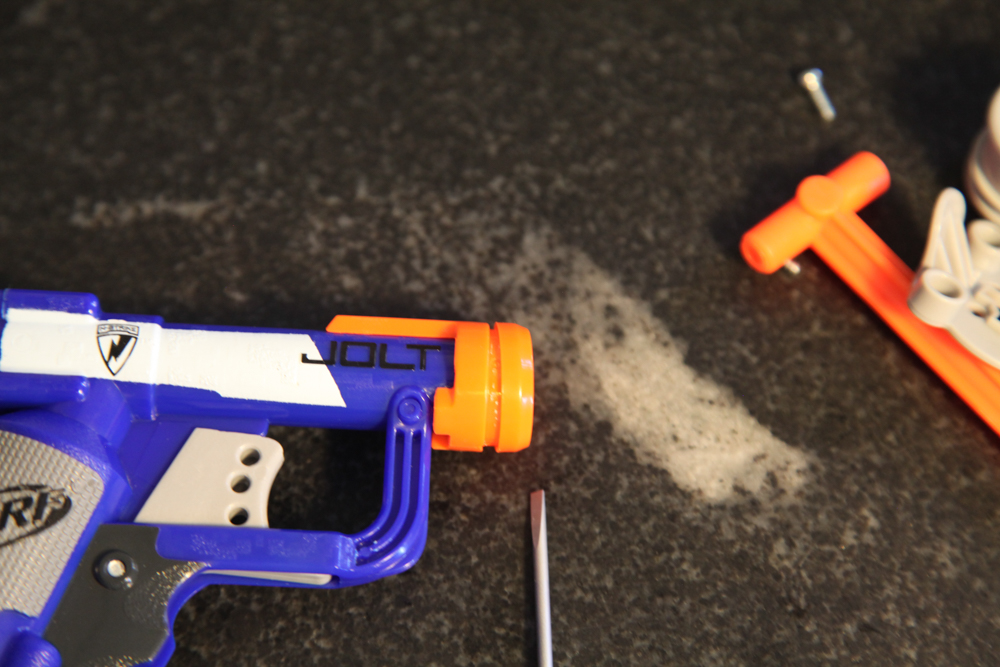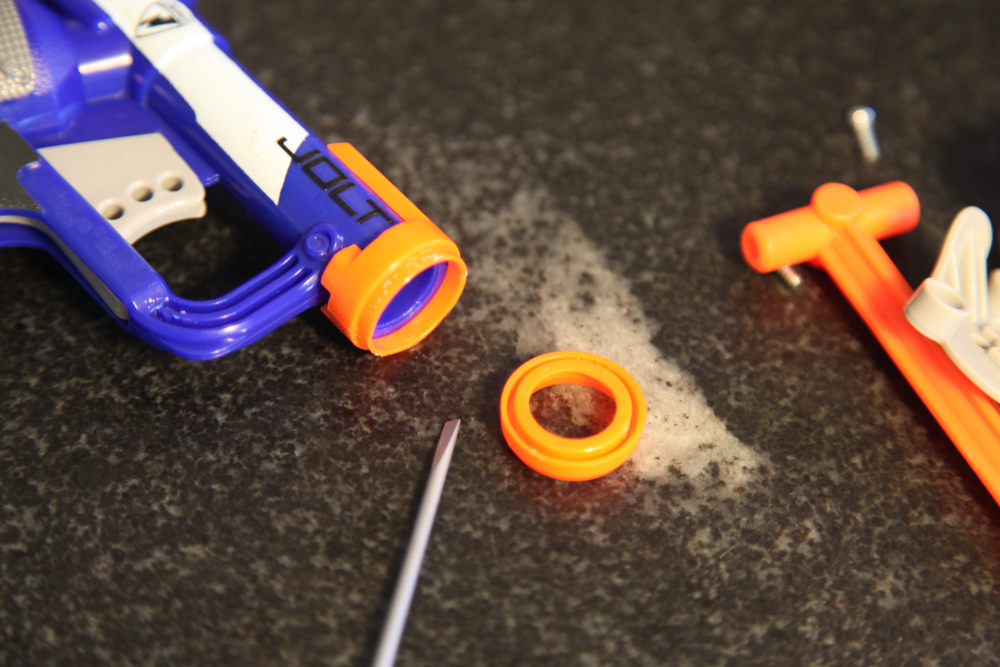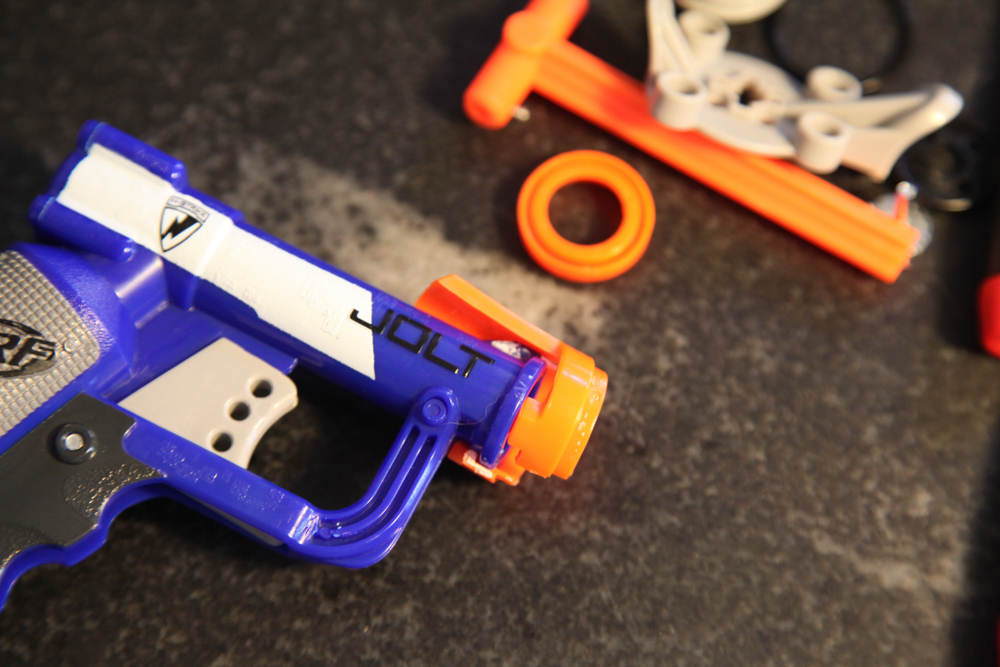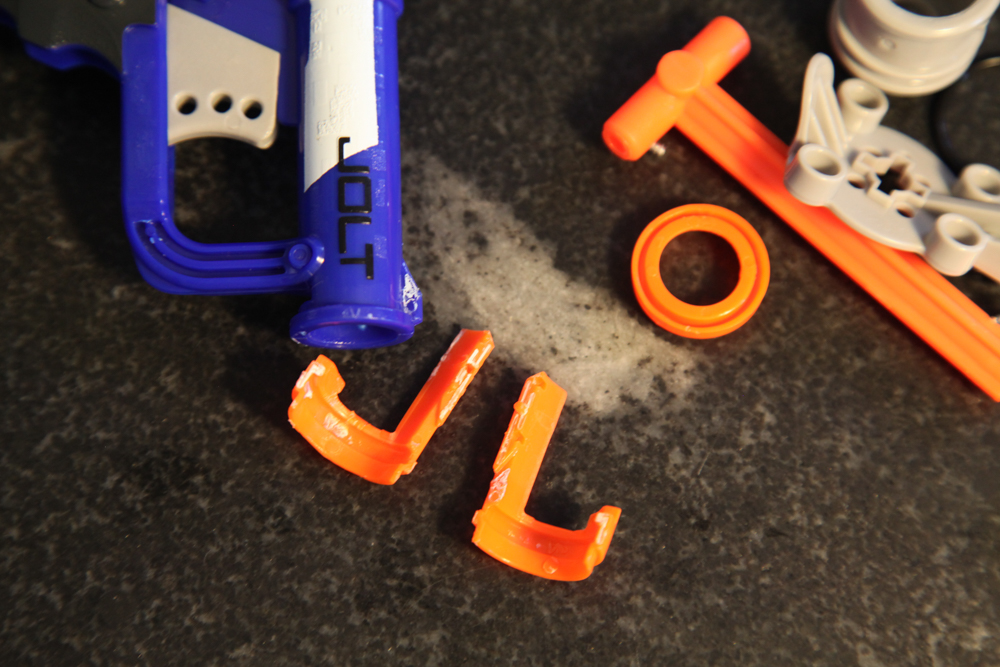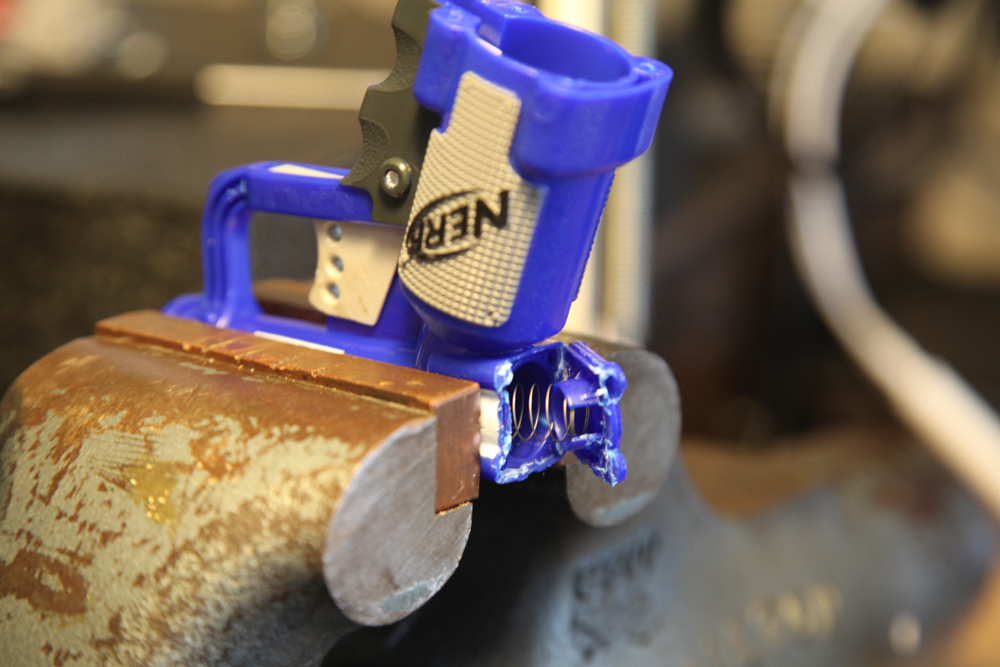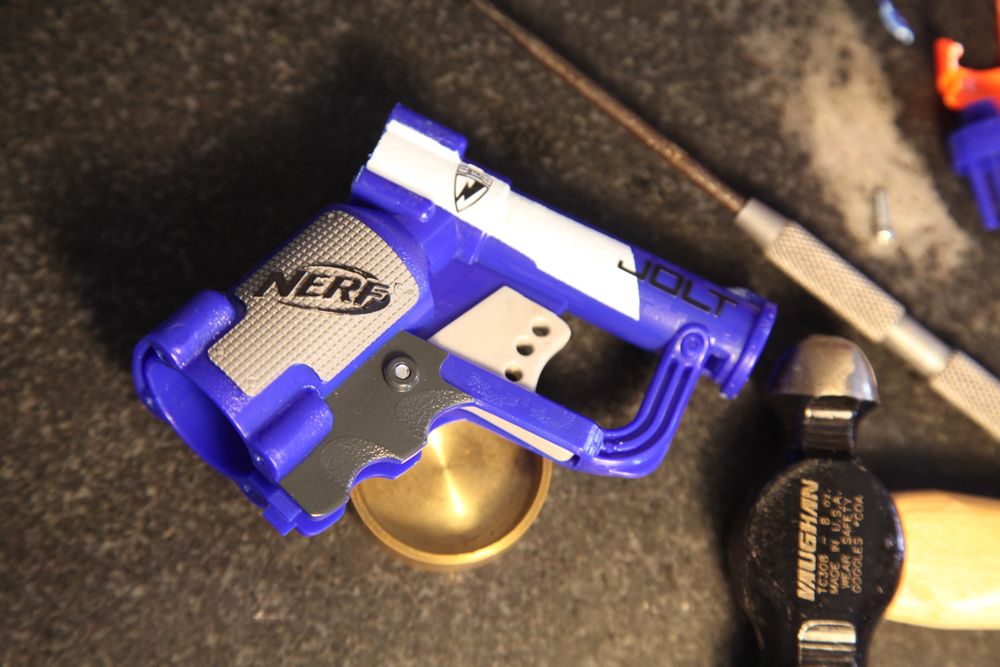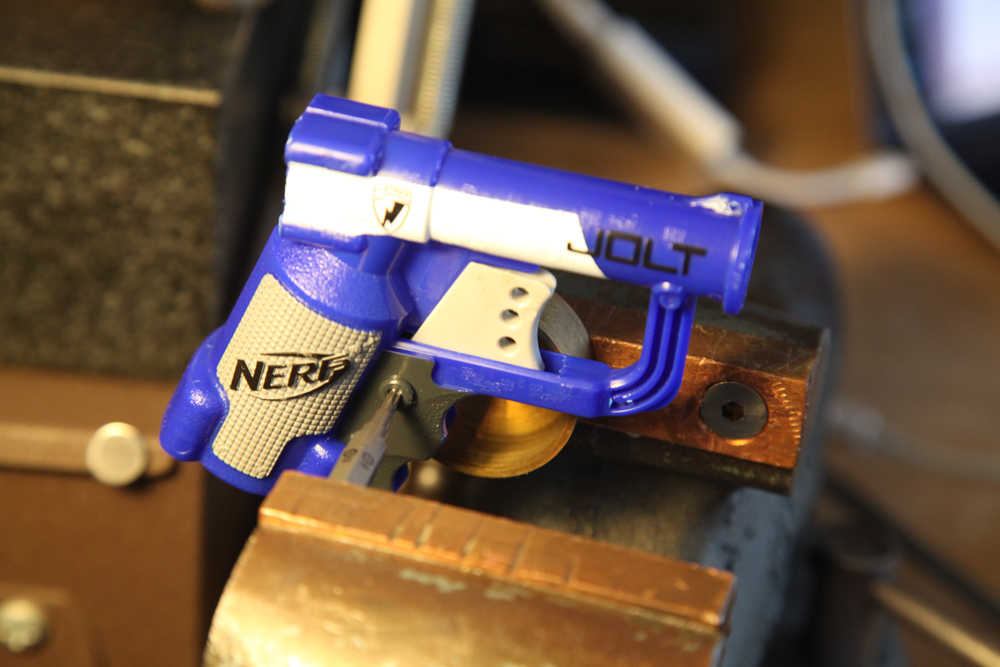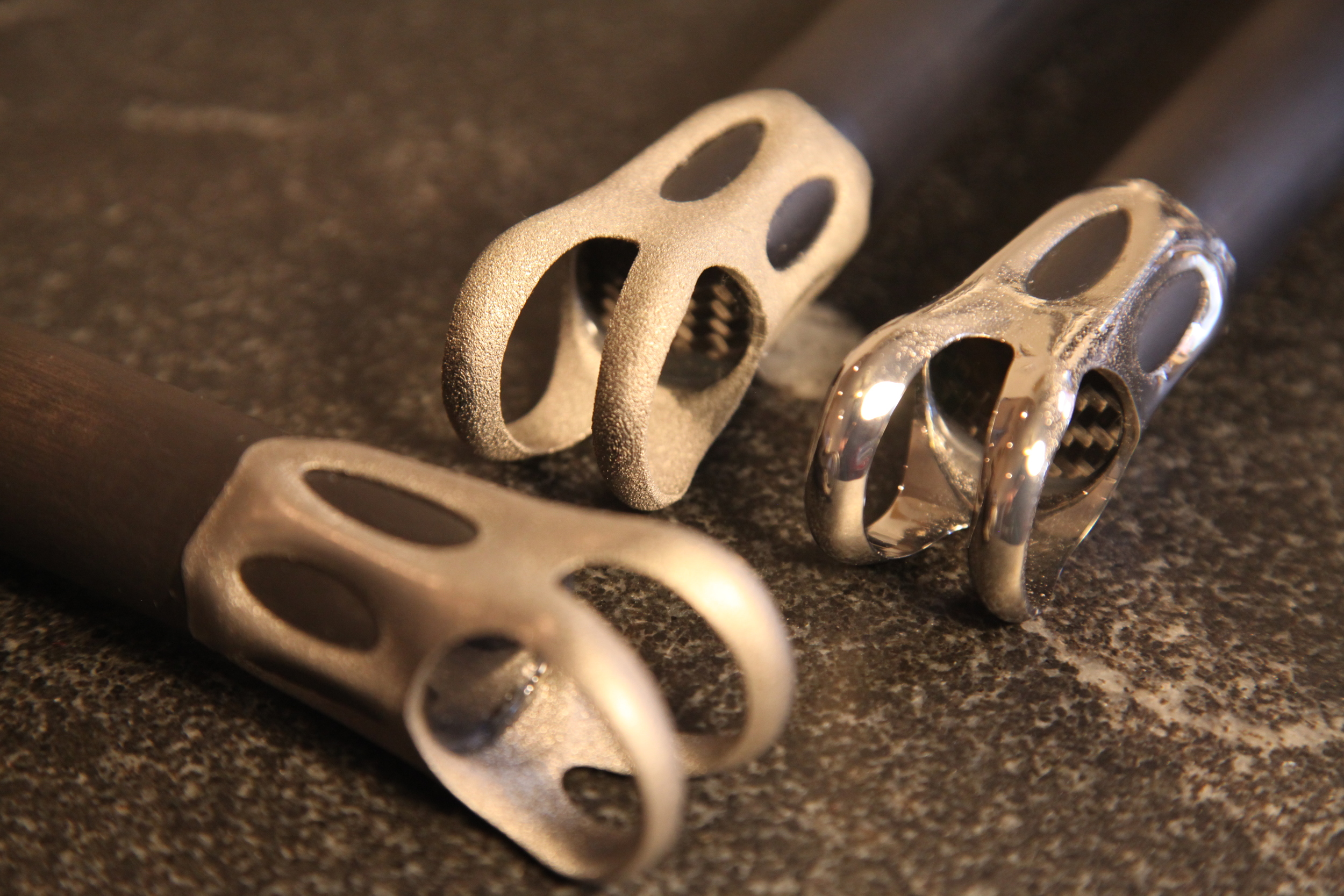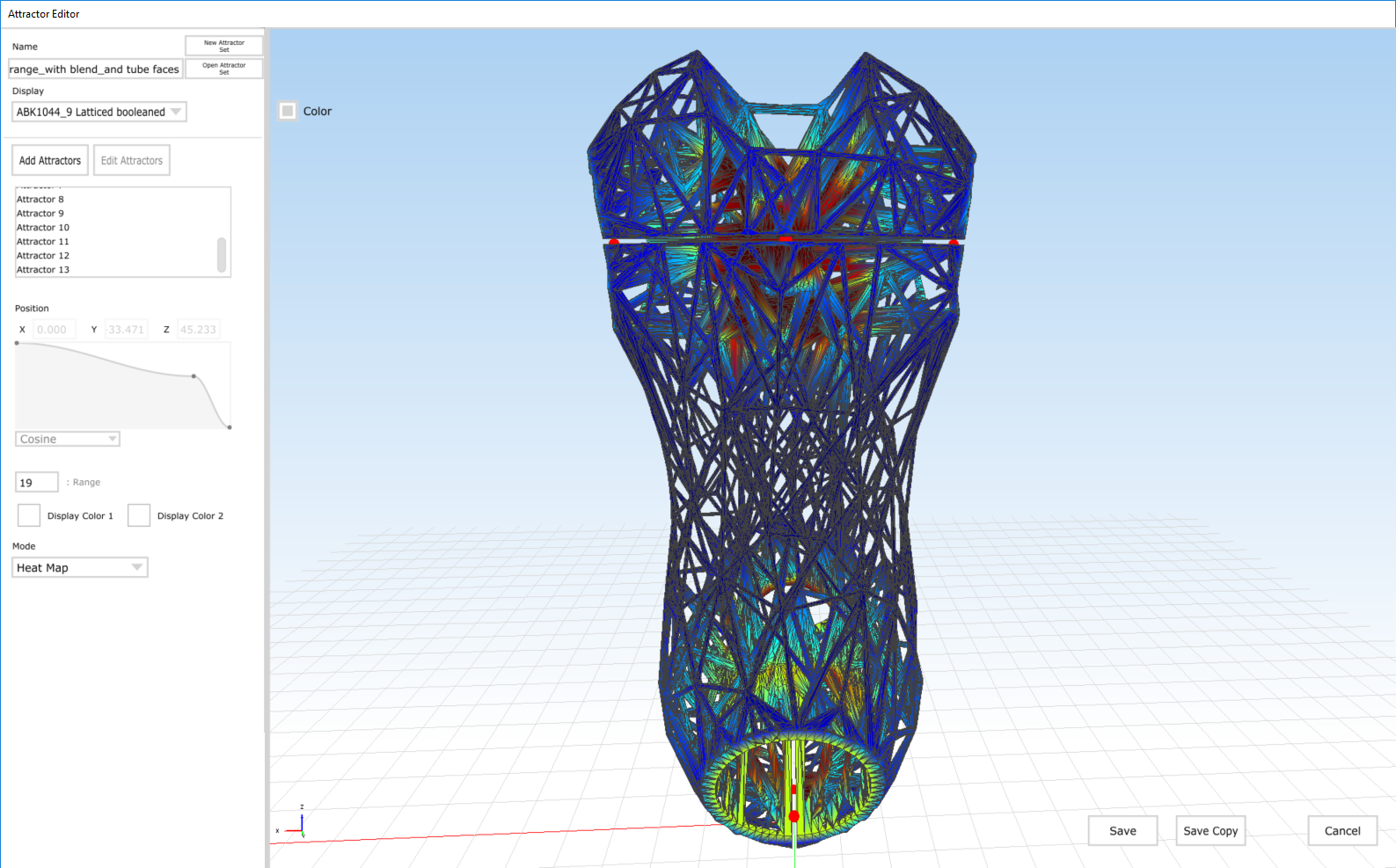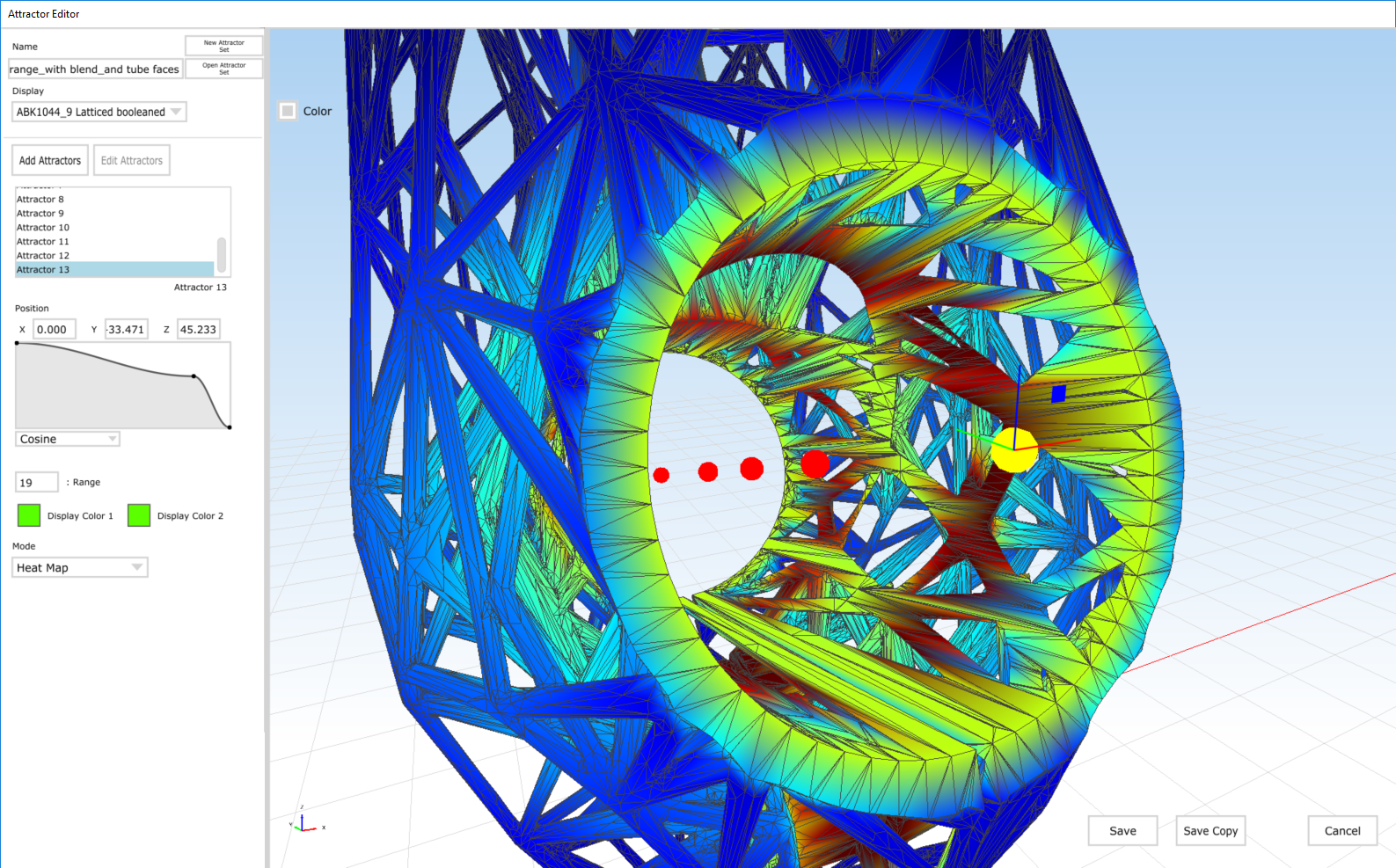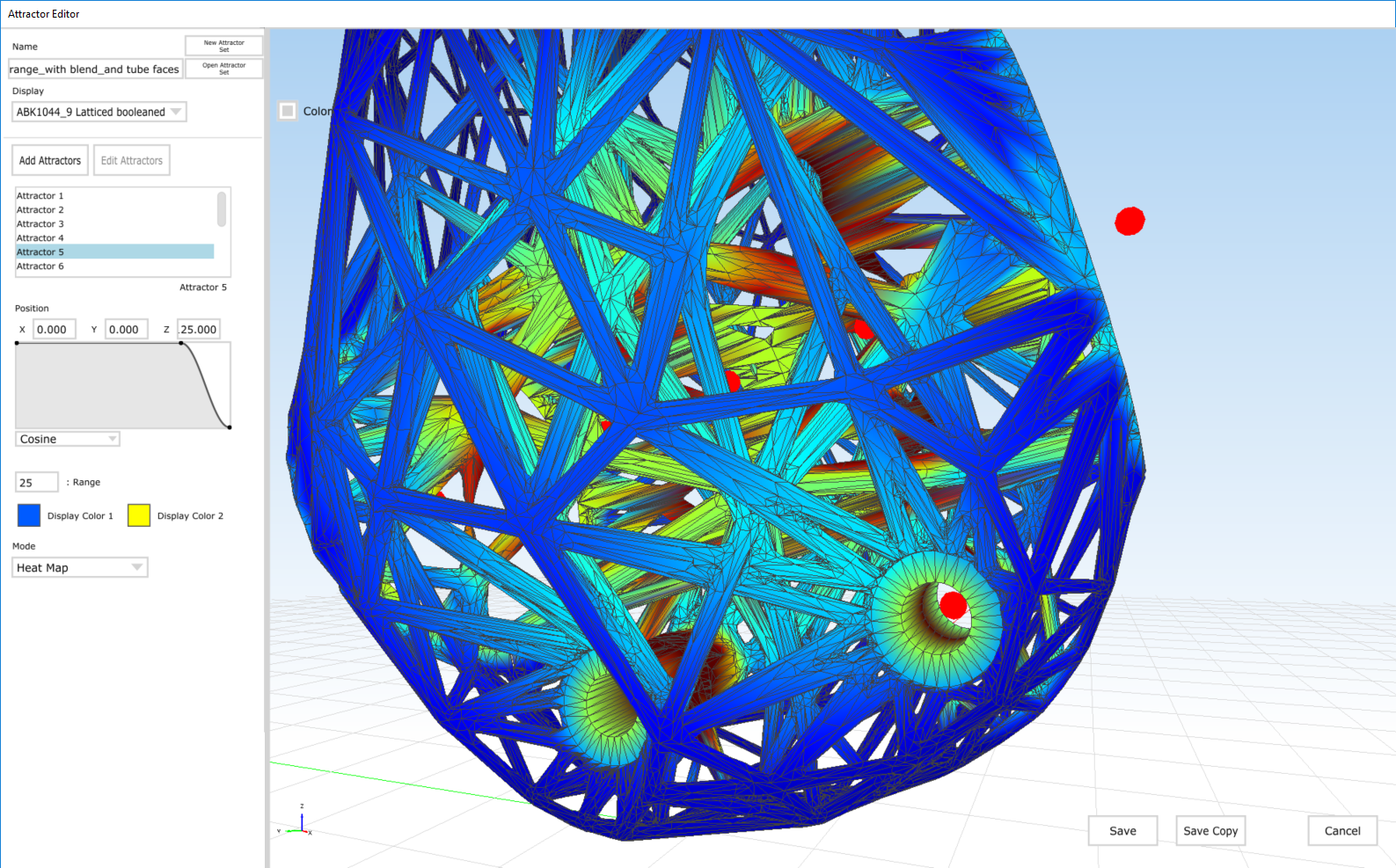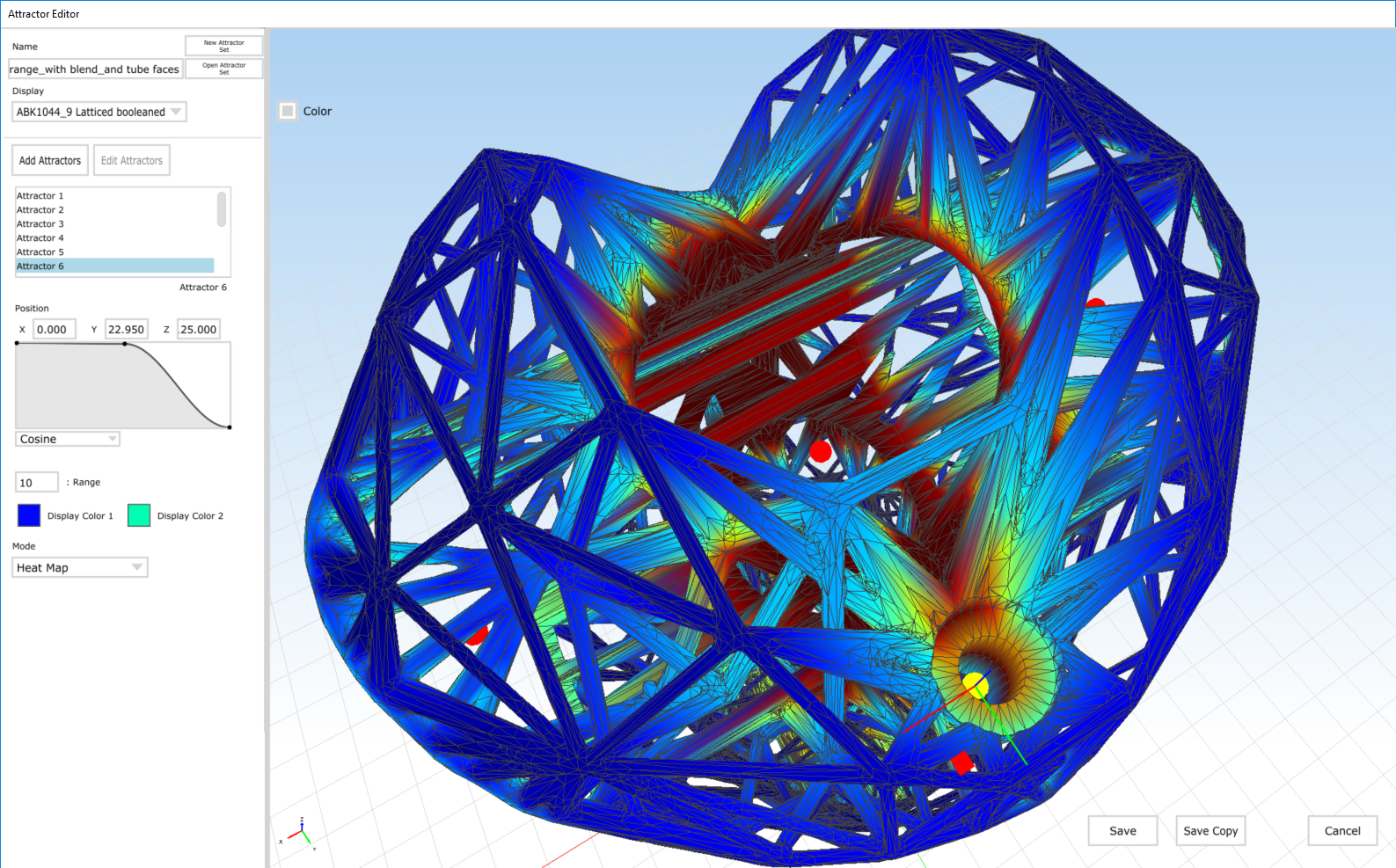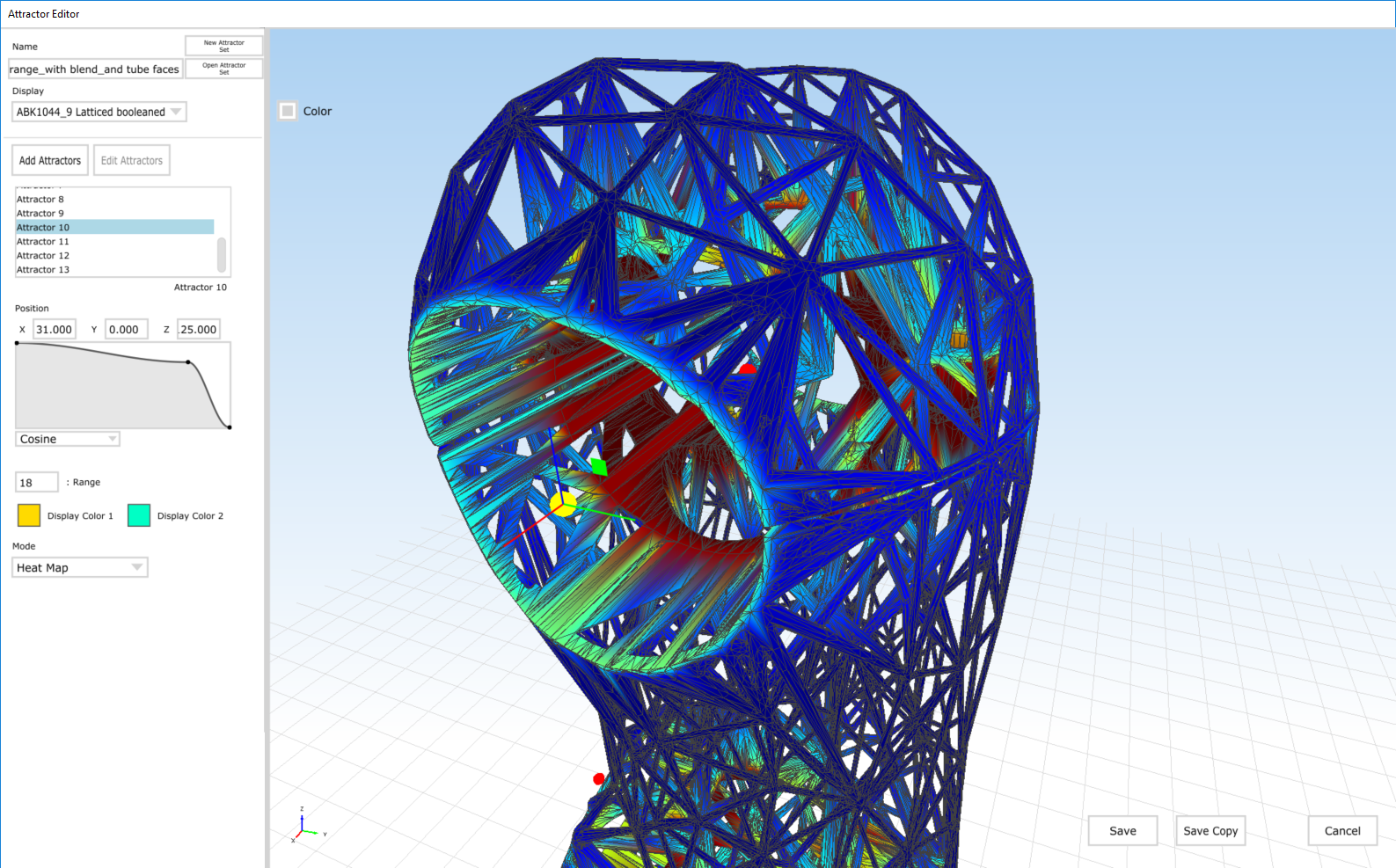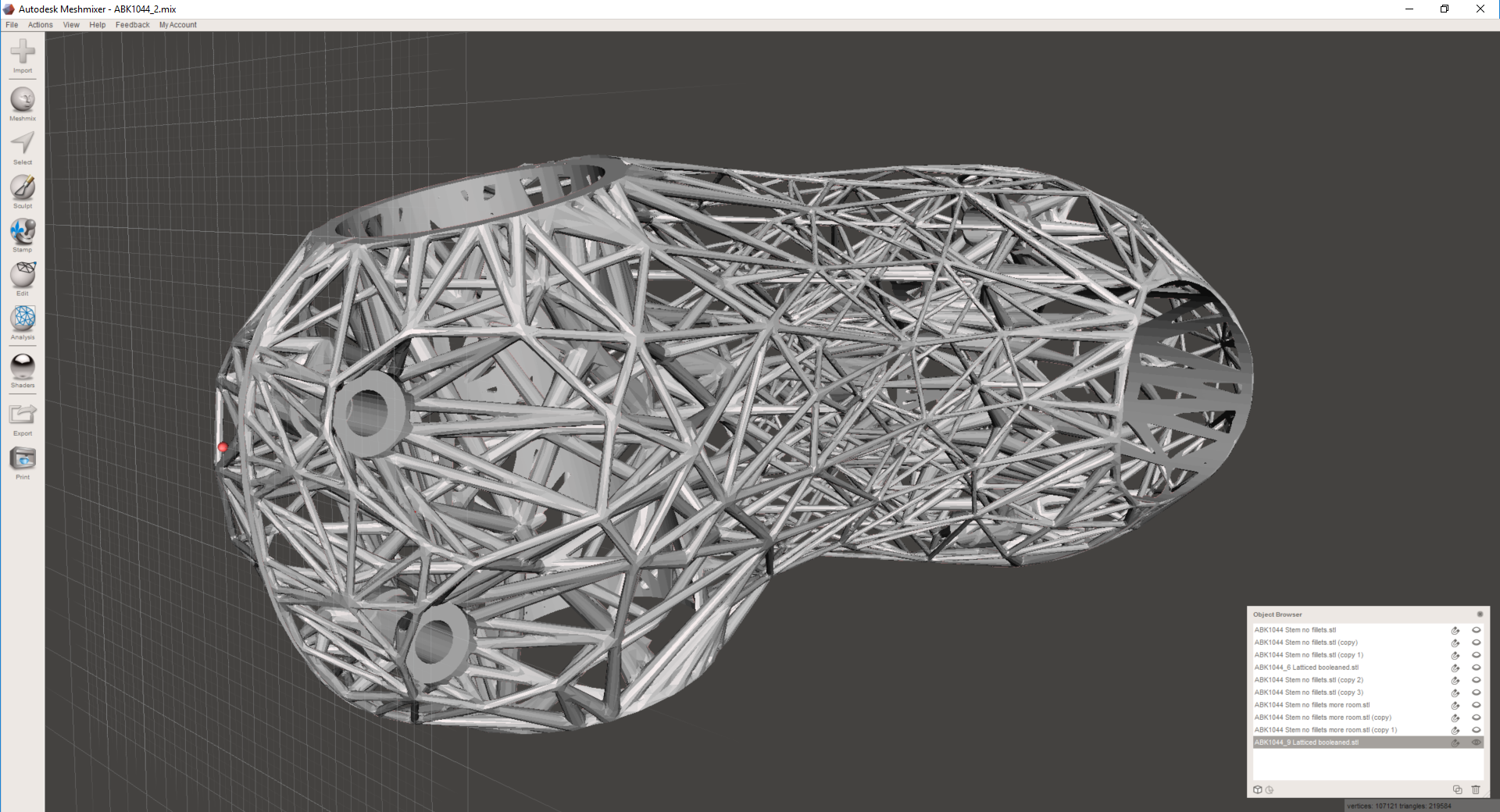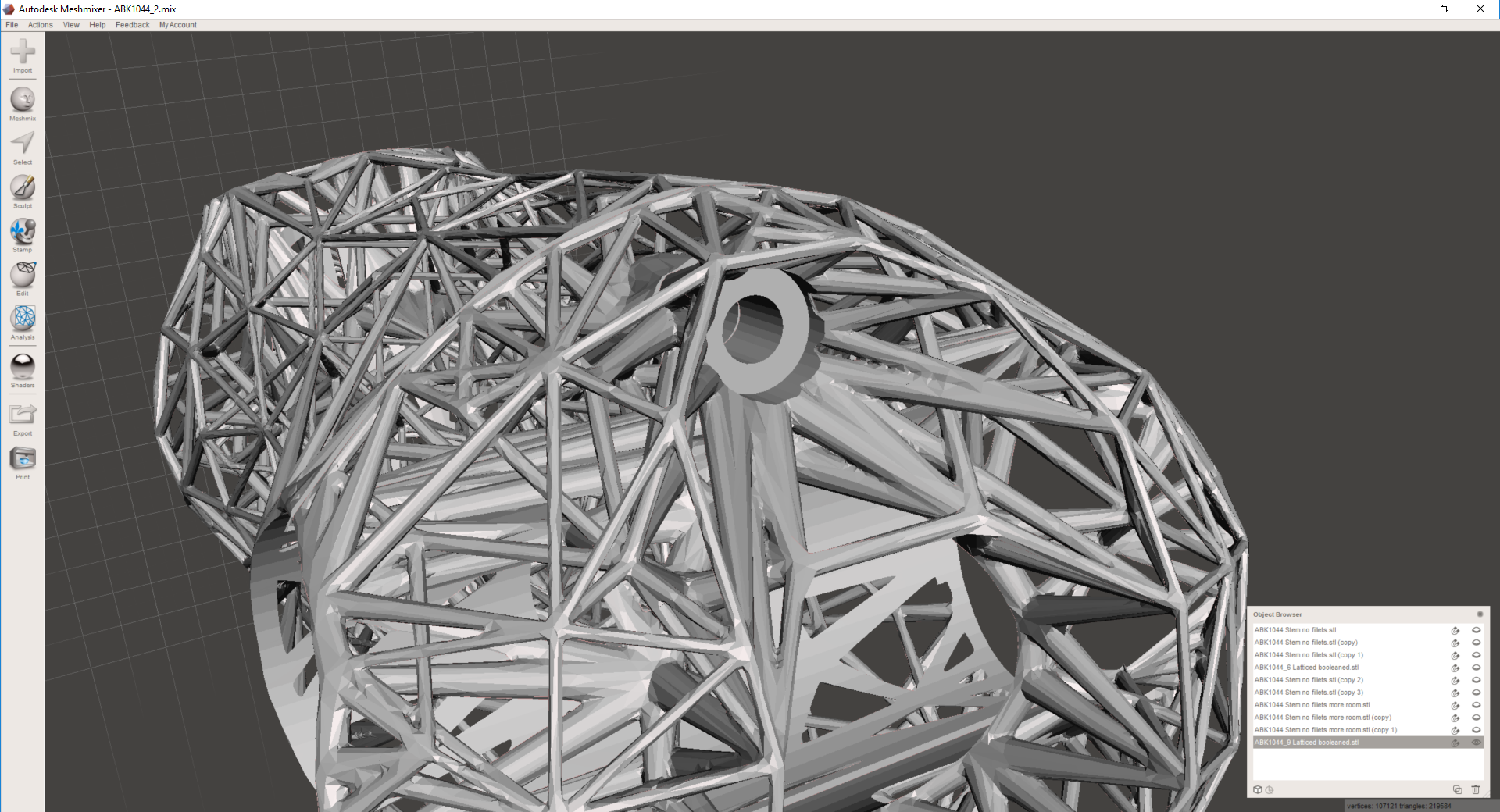Apropos of Displaced in space or time, and just generally along the lines of what I spend a *lot* of time thinking about these days, a few thoughts on Michael Nielsen's recent post titled Toward an exploratory medium for mathematics. Note that my comments are largely placed in the field of CAD, while Nielsen is talking about math; hopefully the result isn't overly confusing.
Nielsen begins by separating out exploration from explanation:
Many experimental cognitive media are intended as explanations... By contrast, the prototype medium we'll develop is intended as part of an open-ended environment for exploration and discovery. Of course, exploration and discovery is a very different process to explanation, and so requires a different kind of medium.
I've touched on the explanatory aspects of CAD in the past (see in particular Computer aided design), but I had never really considered the dichotomy between exploration and explanation in such stark terms. This is partly a result of the fact that most CAD software has documentation built right into it. I've spent a *lot* of time using CAD tools to document parts in both 2D (multi-view PDFs) and 3D (STEP, STL, etc), and have had long conversations with engineers who swear up and down that design tools that don't make documentation easy aren't worth the time of day.
My inclination is to think that the future will be increasingly integrated - in other words, that the divide between exploration and explanation is antiquated. But perhaps it's more useful to consider the many ways that (multifunctional CAD systems notwithstanding) these two aspects of engineering really have very little overlap. After all, my own CAD software has distinctly different interfaces for the two activities, and the way that I interact with the design interface is very different from the way my manufacturing partners will interact with my design explanations. Perhaps these activities could split even further; I see no a priori reason that this would be harmful at all.
Anyway, onward. Again, Nielsen - now talking specifically about the exploratory side of mathematics:
What we'd ideally like is a medium supporting what we will call semi-concrete reasoning. It would simultaneously provide: (1) the ability to compute concretely, to apply constraints, and to make inferences, i.e., all the benefits we expect a digital computer to apply... and (2) the benefits of paper-and-pencil, notably the flexibility to explore and make inferences about impossible worlds. As we've seen, there is tension between these two requirements. Yet is is highly desirable that both be satisfied simultaneously if we are to build a powerful exploratory medium for doing mathematics. That is true not just in the medium I have described, but in any exploratory medium.
I'll just pause here to say that this idea of "semi-concrete reasoning" is fantastic. Humans are quite capable of holding conflicting values at the same time; if computers are to be our partners in design, they'll need to do some analog of the same.
Instead of using our medium's data model to represent mathematical reality, we can instead use the medium's data model to represent the user's current state of mathematical knowledge. This makes sense, since in an exploratory medium we are not trying to describe what is true – by assumption, we don't know that, and are trying to figure it out – but rather what the user currently knows, and how to best support further inference.
Having adopted this point of view, user interface operations correspond to changes in the user's state of mathematical knowledge, and thus also make changes in the medium's model of that state. There is no problem with inconsistency, because the medium's job is only to model the user's current state of knowledge, and that state of knowledge may well be inconsistent. In a sense, we're actually asking the computer to do less, at least in some ways, by ignoring constraints. And that makes for a more powerful medium.
On this point, I agree that inconsistency itself isn't an issue at all - so long as it's made explicit to the user at all times. If a design fails to meet my needs for, say, manufacturability, then I should have some way of knowing that immediately - whether or not I choose to deal with it now or ever. Again, Nielsen:
Ideally, an exploratory medium would help the user make inferences, give the user control over how these inferences are made, and make it easy for the user to understand and track the chain of reasoning.
Yes.
Using the medium to support only a single stage of inference has several benefits. It naturally makes the chain of inference legible, since it mirrors the way we do inference with paper-and-pencil, every step made explicit, while nonetheless reducing tedious computational work, and helping the user understand what inferences are possible. It's also natural psychologically, since the user is already thinking in terms of these relationships, having defined the objects this way. Finally, and perhaps most importantly, it limits the scope of the interface design problem, since we need not design separate interfaces for the unlimited(!) number of possible inferences. Rather, for every interface operation generating a mathematical object, we need to design a corresponding interface to propagate changes. That's a challenging but finite design problem. Indeed, in the worst case, a “completely manual” interface like that presented earlier may in general be used.
With that said, one could imagine media which perform multiple stages of inference in a single step, such as our medium modifying ss in response to changes in the tangent. Designing such a medium would be much more challenging, since potentially many more relationships are involved (meaning more interfaces need to be exposed to the user), and it is also substantially harder to make the chain of reasoning legible to the user.
Even with the simplification of doing single-step inference, there are still many challenging design problems to be solved. Most obviously, we've left open the problem of designing interfaces to support these single stages of inference. In general, solving this interface design problem is an open-ended empirical and psychological question. It's an empirical question insofar as different modes of inference may be useful in different mathematical proofs. And it is a psychological question, insofar as different interfaces may be more or less natural for the user. Every kind of relationship possible in the medium will require its own interface, and thus present a new design challenge. The simplest way to meet that challenge is to use a default-to-manual-editing strategy, mirroring paper-and-pencil.
I recognize that this is a somewhat long quote, but I think it's really critical. To paraphrase: Designing a UI that allows for multidimensional problems is *hard,* and it's hard for human users to glean actionable information from multidimensional data.
Instead, we should break UIs up into discrete steps, allowing users to visualize and understand relationships piecewise. This means more individual UI modalities need to be designed, but by defaulting to manual editing strategies - which are damn good (viz. paper and pencil) to start with - even that task becomes manageable.
There's a lot here; I recommend reading the original post in its entirety.
